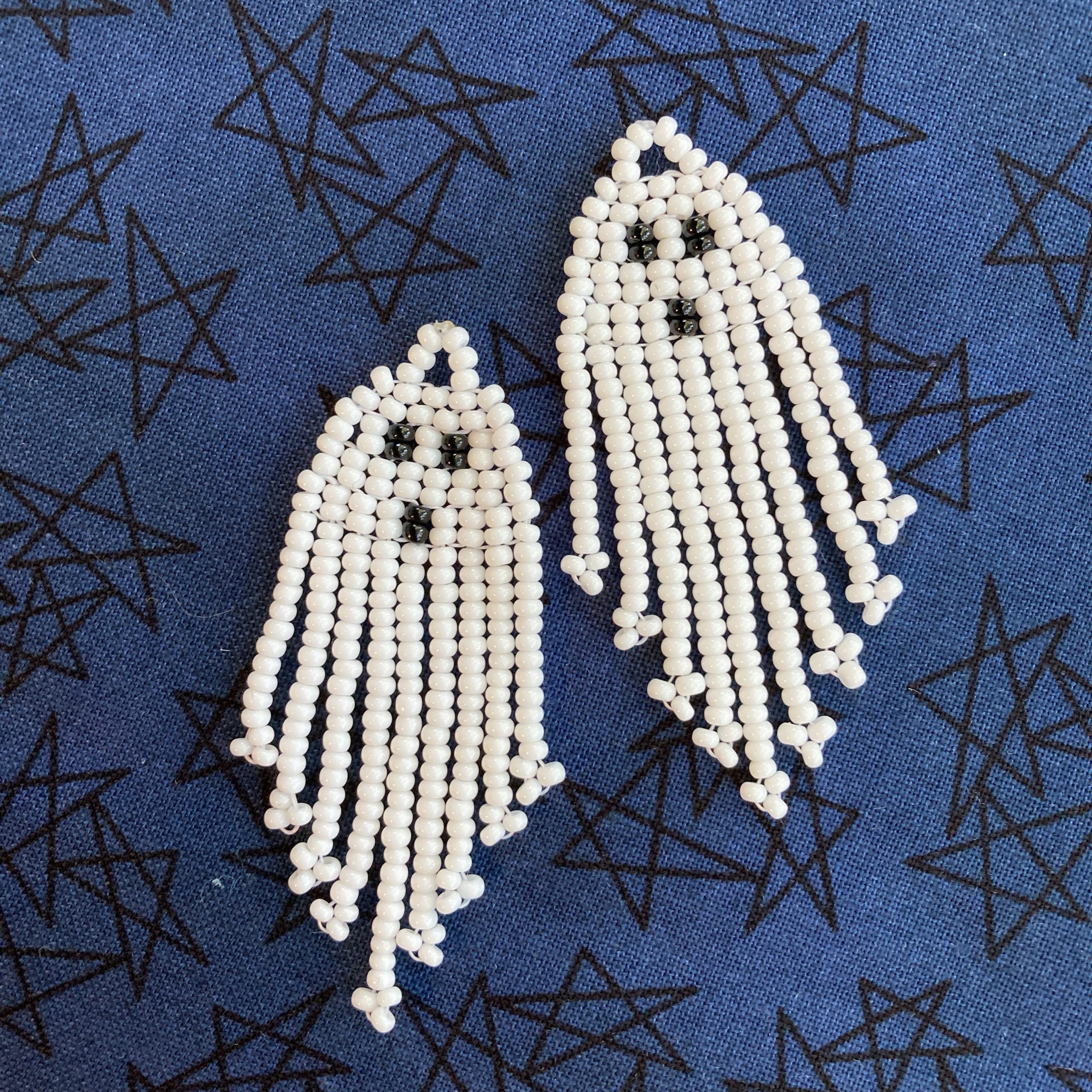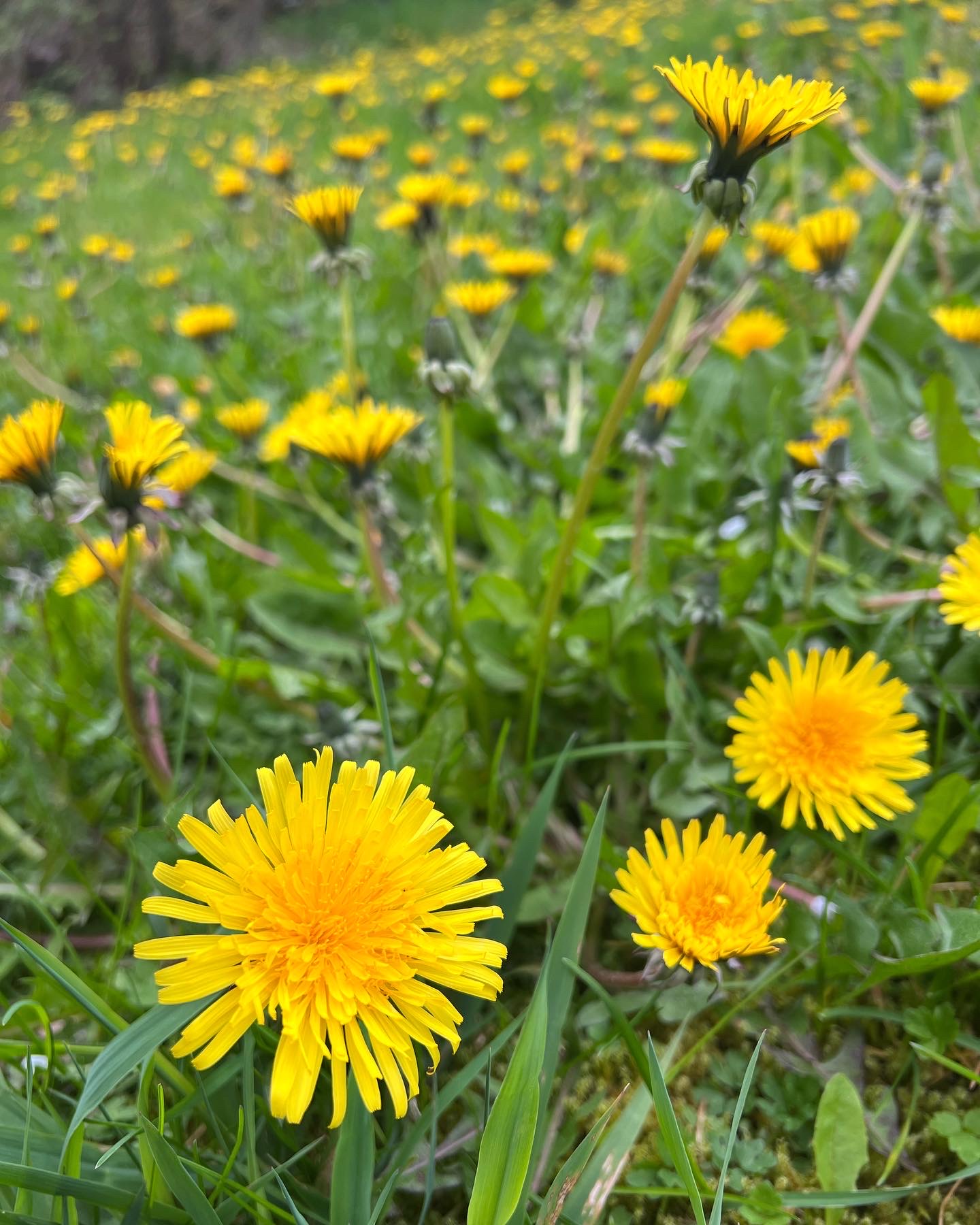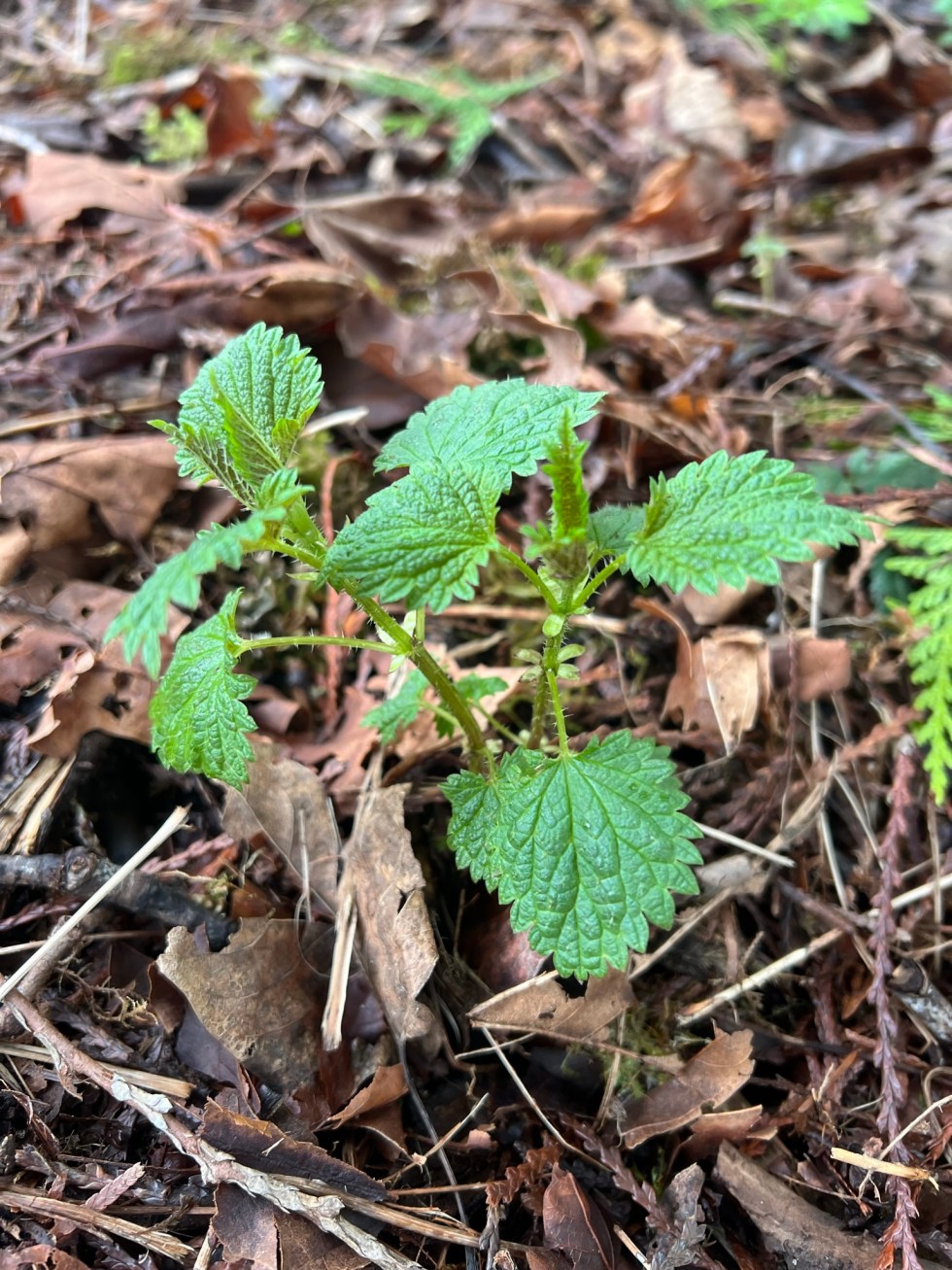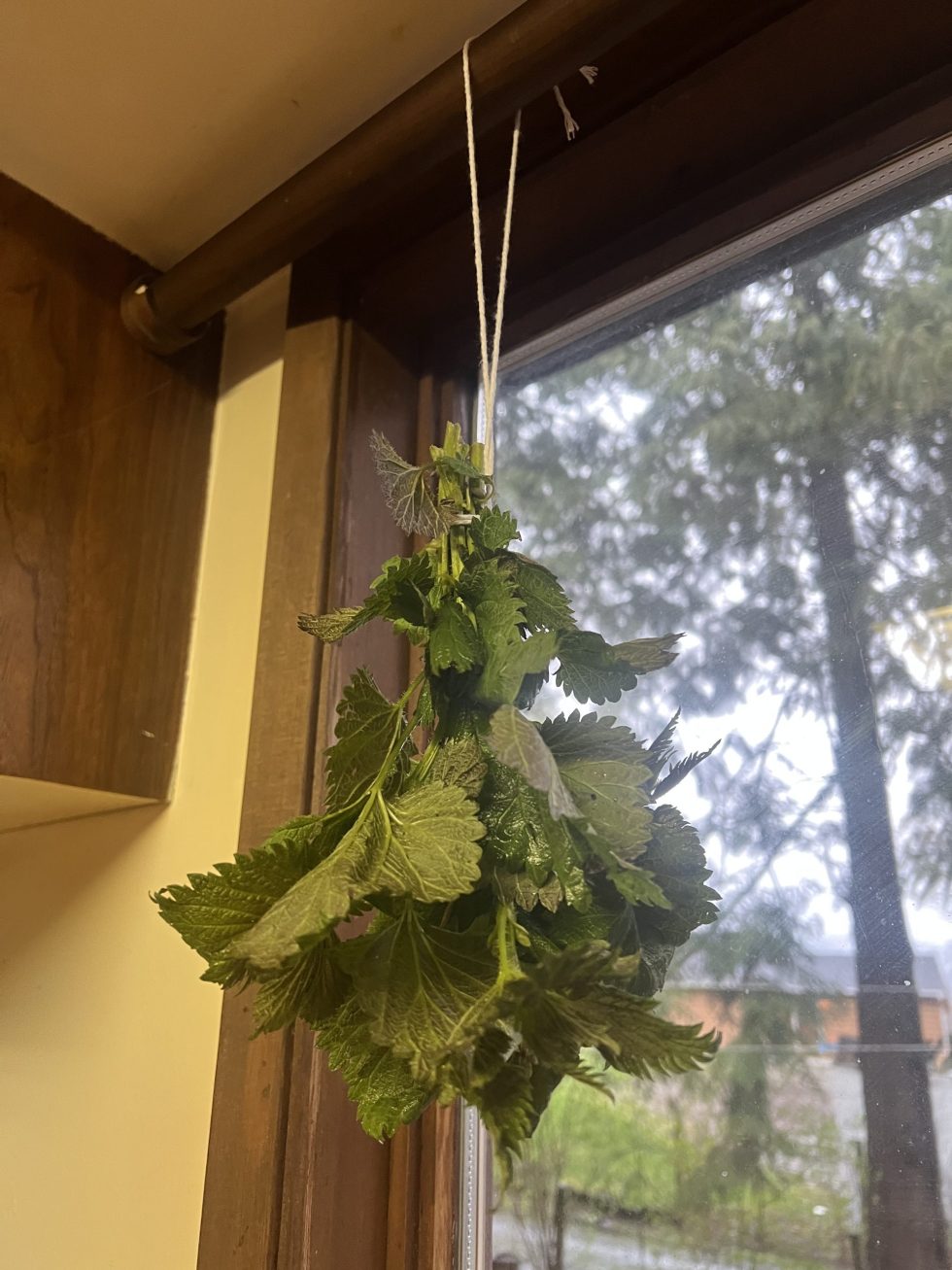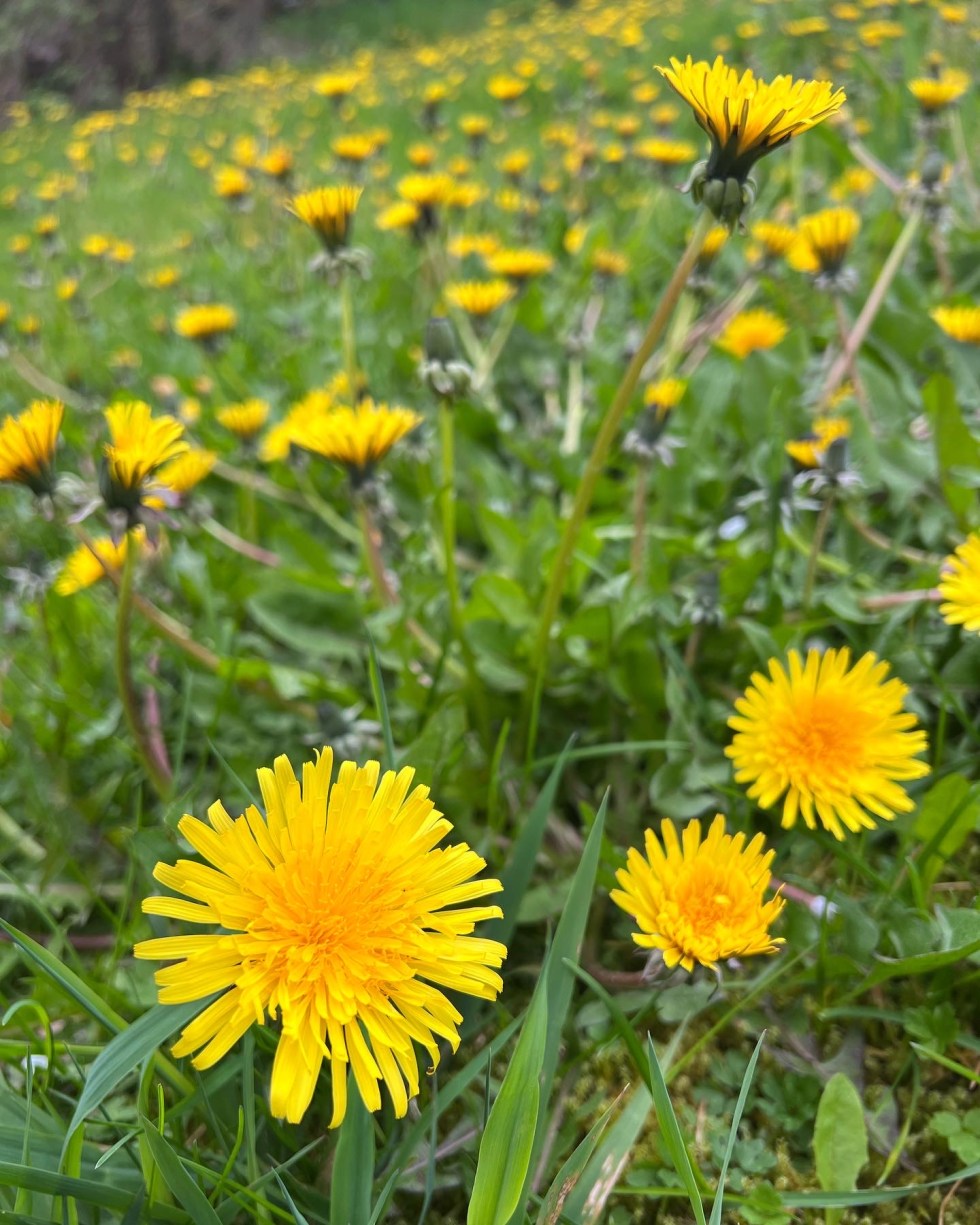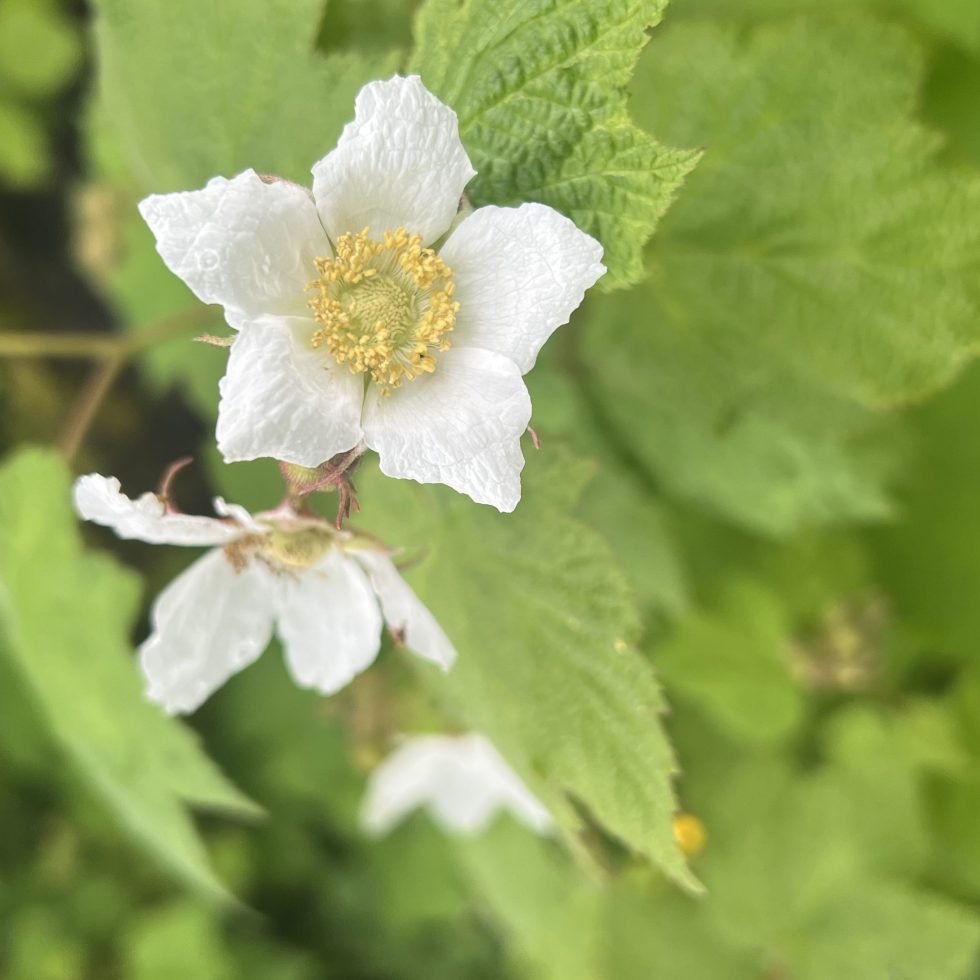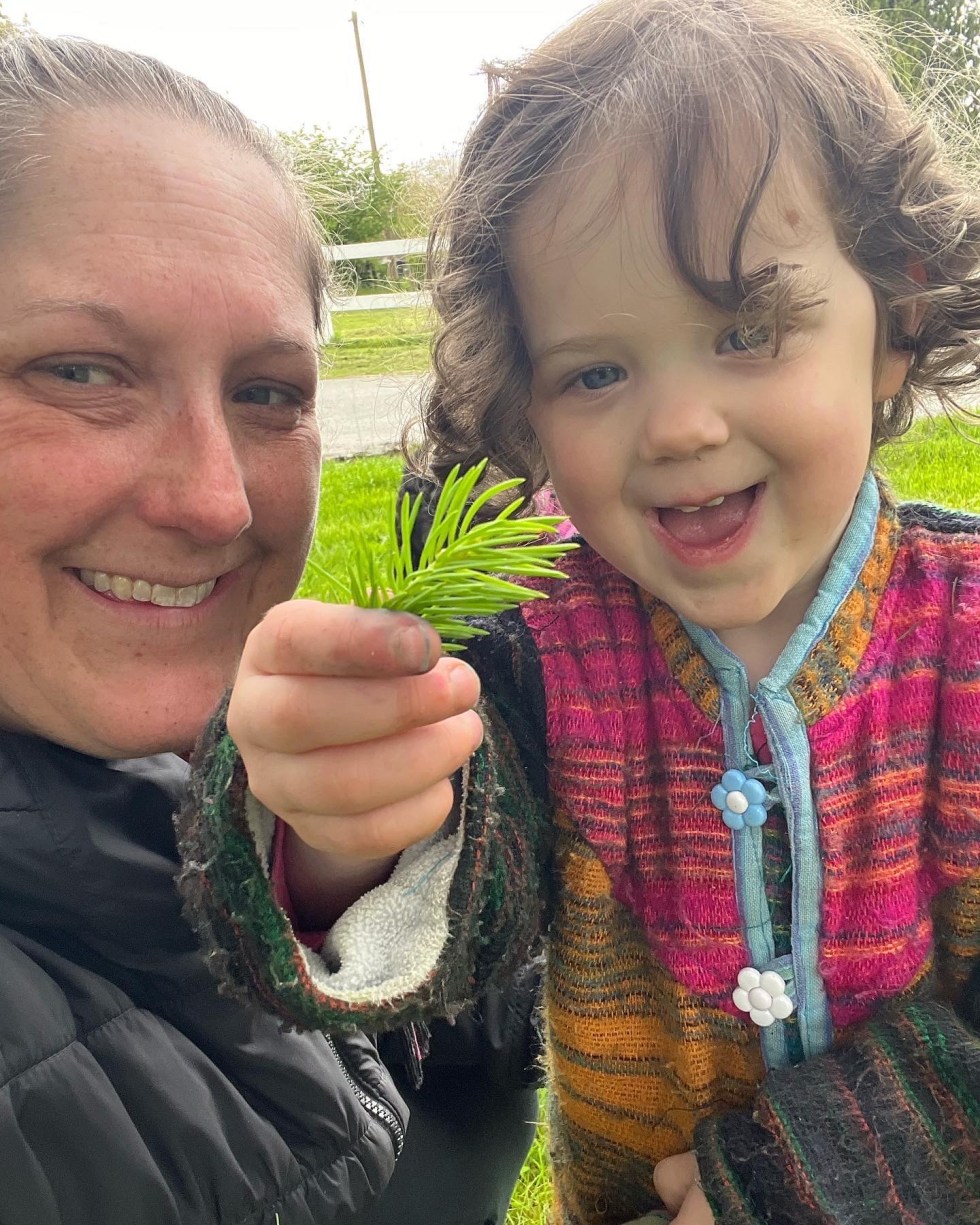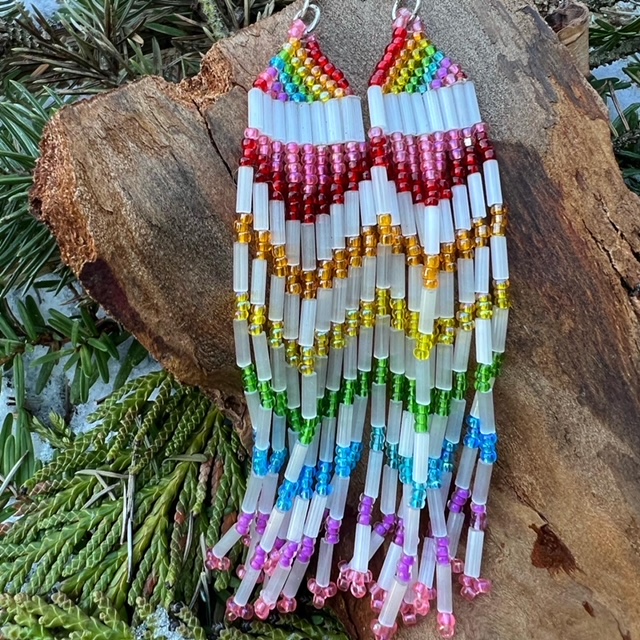
A Step-by-Step Guide to Perfecting Your Beaded Keychain Edges
Beadwork has been a deeply cherished art form among Indigenous peoples for centuries, and as a Métis artist, I carry on this tradition with great pride and respect for my heritage. Whether you’re just starting or already have some experience with beadwork, finishing your piece properly is just as important as creating it. In this post, I’ll walk you through the process of finishing the edge of a beaded keychain and share a video demonstrating the techniques that will elevate your beadwork to the next level.
The Importance of Finishing Your Beadwork
Properly finishing your beadwork is essential for durability and aesthetic appeal. When beads are stitched together, the edges can be raw or uneven. If left untrimmed or unfinished, the piece may unravel or lose its shape. But with the right technique, you can ensure that your work looks polished, professional, and built to last. This is especially crucial for wearable pieces like keychains, which see daily use and need extra strength to endure the wear and tear of daily life.
Materials You’ll Need and Where to buy them
Before you dive into the finishing process, gather the following tools:
- Needle – A fine beading needle to work through the beads easily.
- Thread – Use a strong beading thread such as Nymo D or Fireline. You’ll need it to secure the edges.
- Scissors – For trimming excess thread and trimming your Pellon.
- Needle nose pliers (optional) – Helpful for pulling the needle through tight spaces.
- Beads (for edging) – Depending on your design, you may want to add additional beads along the edges.
At the moment I buy my beads online at Beazu and have them shipped to me. Strung Out On Beads in Abbotsford that I’ve been meaning to checkout as they have moved to a new location. I believe you need to prebook a time as it’s out of a residence.
How to Finish the Edge of Your Beaded Keychain
Step 1: Plan Your Edging
First, decide how you want to finish your beadwork. Some options include:
- Beaded fringe: A simple, elegant way to add texture and movement to your piece.
- Picot edge: Small, decorative loops at the edges that give a delicate touch.
- Flat edge: A clean, simple finish using beads that line the edge straight across.
For this tutorial, I will demonstrate the flat edge technique, which is easy to follow and works well for most beadwork pieces, including keychains.
Step 2: Stitch the Final Beads
Now, with your keychain already beaded, it’s time to start finishing the edges. Thread your needle and tie a knot at the end. Begin at one corner or side of the beaded piece, and stitch the first bead into place by going through the last row of beads. This will anchor your thread.
Step 3: Secure the Edge
Work your way along the edge of the beaded keychain, adding beads one at a time. The beads should sit flat against the edge of the piece, aligning neatly with the last row of beads. As you sew through each bead, be sure to pull the thread tightly so that the beads are snug against the edge. This will ensure a clean, tight finish.
Step 4: Weave the Thread
Once you’ve finished stitching along the entire edge, it’s important to weave the tail of the thread back through the beads a few times to hide any loose ends and prevent the thread from unraveling.
Watch the Process in Action!
In the video below, I demonstrate the entire process of finishing the edge of a beaded keychain. Watch closely as I show you how to stitch the beads into place, secure the thread, and add that final touch that will make your beadwork shine!
Final Thoughts
Finishing your beadwork is a vital step in ensuring that your piece is not only beautiful but durable as well. The technique you choose to finish the edges of your beaded keychain can change the entire look of your piece, adding elegance, personality, and strength.
As a Métis artist, I love sharing my passion for beading. I encourage you to experiment with different edging styles and continue to honour the art of beadwork. Whether you’re making keychains, earrings, or any other piece, remember that the journey of creation doesn’t end when you’ve completed your beads—it’s in the finishing touches that your art truly comes to life.
Happy beading!

